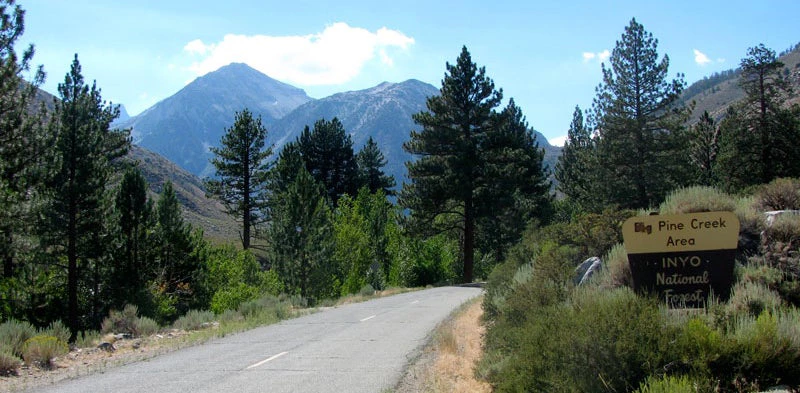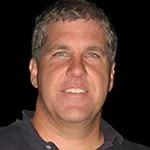
If the thought of summer conjures up visions of national parks, you’re not alone – in 2014, nearly 3 million tourists visited forests, mountains, trails, and rivers at U.S. national parks.
If you crossed the gate into one of these treasures, you probably didn’t care whether that particular forest or mountain fell under government or private ownership. But it’s worth noting, because national park concessions fill a vital role helping the National Park Service carry out its mission, and there are benefits to these partnerships that can keep the parks viable — and the visitors happy — for decades to come.
There are also misconceptions about national park PPPs. To clear the air, I’ve answered some of the most common questions below.
How does national park privatization work?
Generally, private operators are more efficient than the government in the park operations. In part, this is because these companies have focused their whole business model on park operations, so they have developed proven processes for park management.
A private work force tends to be less expensive and more flexible than civil servants. Perhaps more importantly, civil servants typically are paid all year long, even when the park is not very busy or is closed. In contrast, concessionaires have identified a large pool of workers who are flexible and actually are looking for seasonal work. Using these efficiencies, private operators take on public parks that are typically losing money for the government and convert them to a financial asset, generating cash for the government in the form of rent payments while still serving the public.
Perhaps most important, privatizing parks takes them off the government budget, and makes them immune from being pawns in government budget battles. In the 1990s, when a disagreement between President Clinton and the Republican Congress shut down the government, the only federal parks open were those operated by private concessionaires.
Is a national park operated under a PPP vulnerable to government sequester conditions?
For those of us who love parks, it’s exasperating to see that they are constantly used as a political football in budget debates. One advantage of concession operation of parks, beyond the expense reductions, is that the park budgets become untouchable in these political food fights.
How does the private company get paid?
With a few exceptions, most recreation concessionaires are paid entirely by user fees — for example, by the fees at the gate, for camping, and from certain retail sales within the park. The concessionaire is not paid by the government, and receives no subsidy. In our company, 100 percent of the revenues we receive are from visitors.
Won’t private companies just build a McDonald’s in front of Old Faithful?
This is one of my favorite questions, because it is absolutely predictable that it will get asked whenever I discuss park privatization with a group of government officials. Typically I give three answers:
- It simply is not possible. Under the terms of a typical operating contract, a concessionaire cannot change fees, facilities, operating hours, or even cut down a tree without written approval from the parks organization.
- Generally, the parks we take over are popular for their natural or historical attractions. Diluting these attractions in any way is just business suicide for operators.
- It doesn’t happen. We operate over 100 parks in this manner across the country and you would not be able to tell the difference between the facilities we manage and any other public park.
Will private companies increase the entrance fees?
Generally not. First, operators cannot raise fees without their government landlord’s approval. Second, public recreation is generally attractive to visitors because it is low-cost and offers real value — raising prices and reducing value would only drive customers away.
Here is a real-world example to underscore this point: California State Parks charges $30 a night for a campsite with no utilities. Our private company operates hundreds of public campsites for other government agencies in California, and not one of those has a nightly rate greater than $20.
(Editor's note: the observations and opinions in this blog post express the individual views of the author, not the World Bank Group.)


Join the Conversation